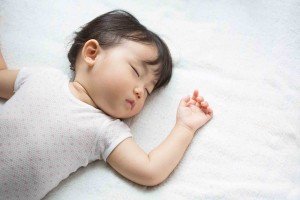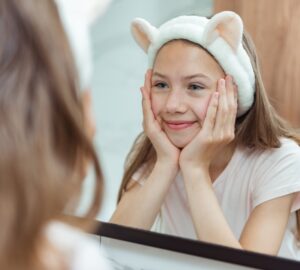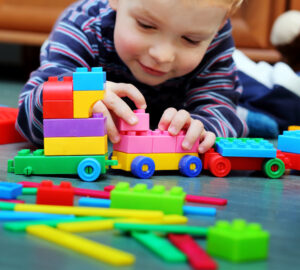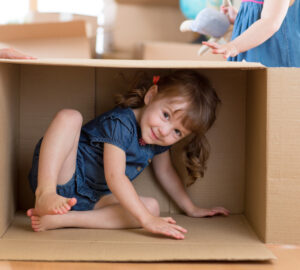By Lisa Kimura
 Getting your baby to sleep well, and sleep safely, can be one of the hardest challenges new parents face. Sudden Infant Death Syndrome (SIDS), when a baby dies suddenly with no apparent cause, is a parent’s worst nightmare, and though it’s still considered a mysterious disease, there are several things you can do to prevent SIDS and other sleep-related deaths.
Getting your baby to sleep well, and sleep safely, can be one of the hardest challenges new parents face. Sudden Infant Death Syndrome (SIDS), when a baby dies suddenly with no apparent cause, is a parent’s worst nightmare, and though it’s still considered a mysterious disease, there are several things you can do to prevent SIDS and other sleep-related deaths.
More infants in Hawaii die from sleep-related causes (such as suffocation) than anything else, and the majority of deaths happen in the first six months when infants are the most vulnerable. When putting your baby to sleep, even for short naps, keep the “ABCs” of safe sleep in mind:
A = “Alone.” This means that baby shouldn’t have anything else in its sleep environment, including pillows, blankets, bumper pads, toys, or even other siblings or pets. All of these items can obstruct a baby’s ability to breathe safely – remember to give them their own protected space.
B = “Back.” Despite the advice you may receive from well-meaning individuals, make sure baby is always put to sleep on its back. The number of sleep-related deaths has decreased by 50% since this recommendation was made – talk to those who care for your baby, including child care providers, family, and friends, about placing your baby on its back for every sleep.
C = “Crib.” Whether this is a bassinet, a Pack ‘n Play, or even a sidecar crib attached to your bed, the safest place for baby is in the same room with you, but in its own sleep area. Couches, cushions, and soft surfaces aren’t safe for infants, and caregivers that are extremely overtired, or under the influence of anything that causes drowsiness, (such as alcohol or cold medicine) should be especially cautious about remembering to put baby to sleep separately.
Beyond the ABCs, there are many more protective factors you can incorporate to help keep your baby safe:
- Breastfeeding is highly recommended to help to reduce the risk of SIDS and guard against other serious illnesses.
- Avoid smoke exposure during pregnancy and after birth. Place the crib in an area that is always smoke-free.
- Avoid letting the baby get too hot. Dress your baby in sleep clothing, such as a sleep sack, and do not use a blanket.
- Infants should receive all recommended vaccinations.
- Supervised, awake “tummy time” is recommended daily to facilitate development.
- Obtain regular prenatal care to reduce the risk of SIDS even before birth.
- Avoid alcohol and illicit drug use during pregnancy and after birth.
If you cannot afford a crib, or have more questions about safe sleep, contact Healthy Mothers Healthy Babies’ MothersCare Line at (808) 951-6660 or visit www.hmhb-hawaii.org for resources and information. The “Hawaii Cribs for Kids” safe sleep education program provides education, plus a free Pack ‘n Play travel crib, to eligible participants.
Lisa Kimura is a mother of three and the executive director of Healthy Mothers Healthy Babies Coalition of Hawaii. She has a background in communications, advocacy work and early childhood development and studied at the Parent Coaching Institute to help empower parents with family support and education. She was appointed to the Governor’s Early Learning Advisory Board and is a member of the Hawaii Maternal & Infant Health Collaborative, Women’s Legislative Coalition, Fetal Alcohol Task Force, Safe Sleep Hawaii, and is trained as a breastfeeding peer counselor and certified lactation educator.



